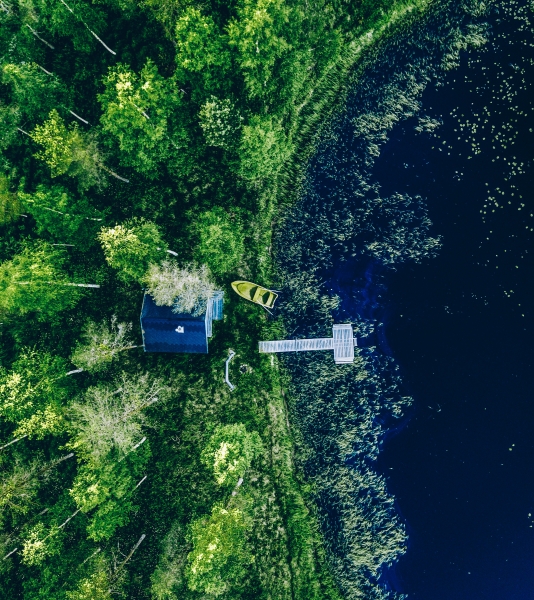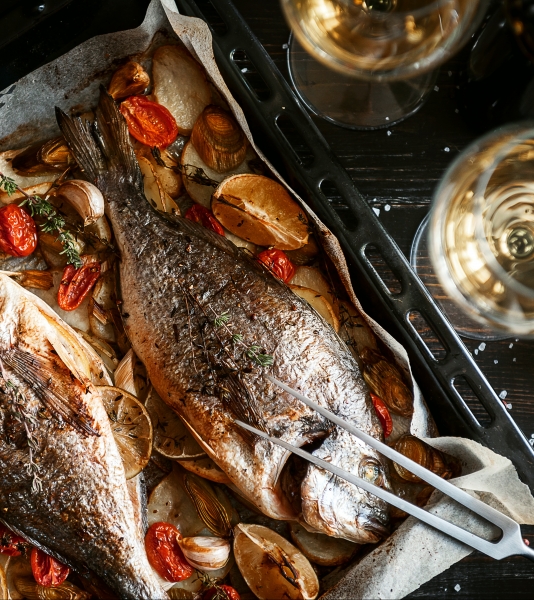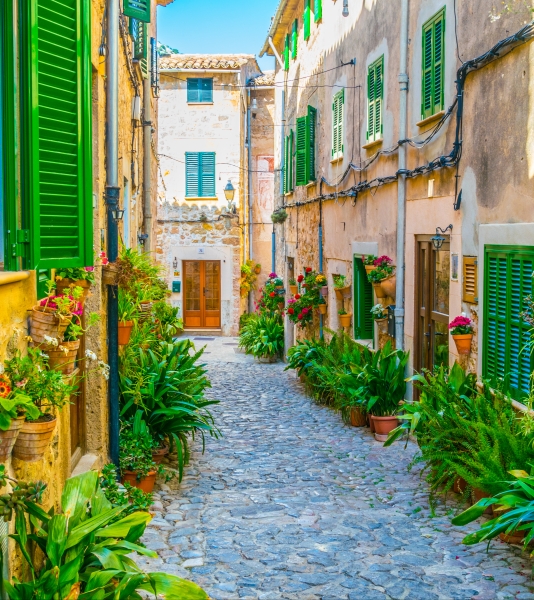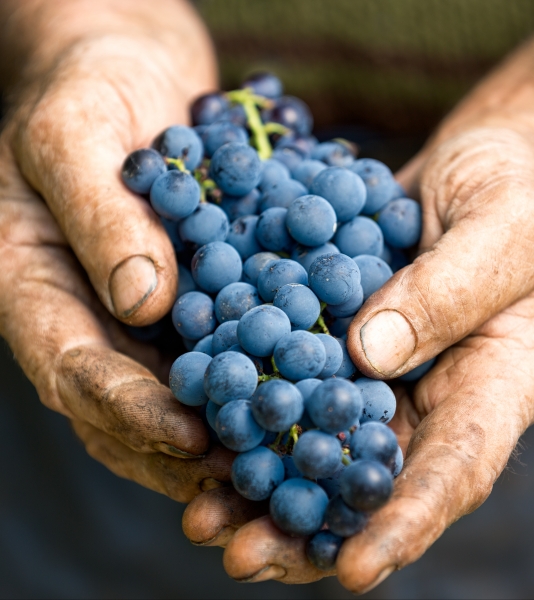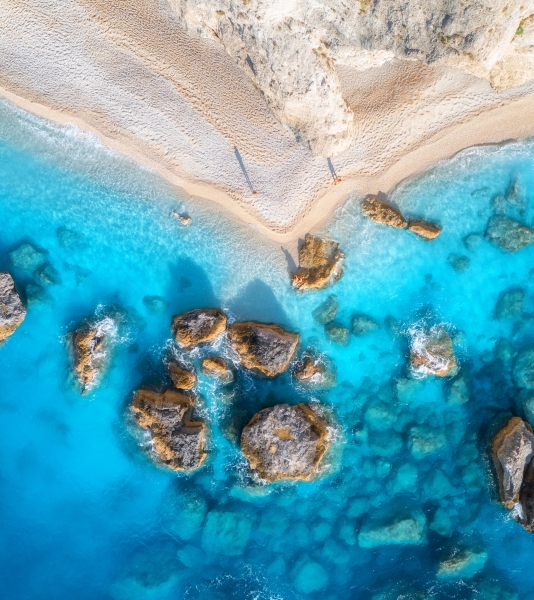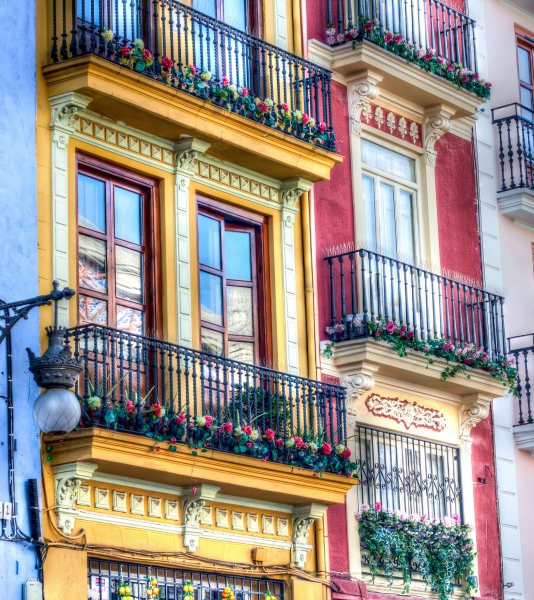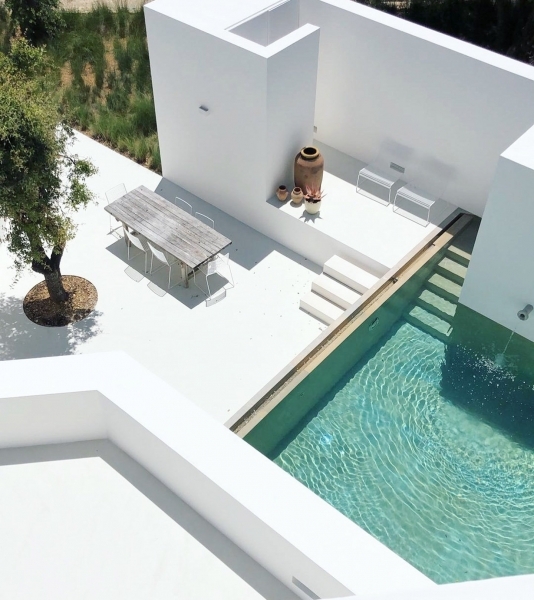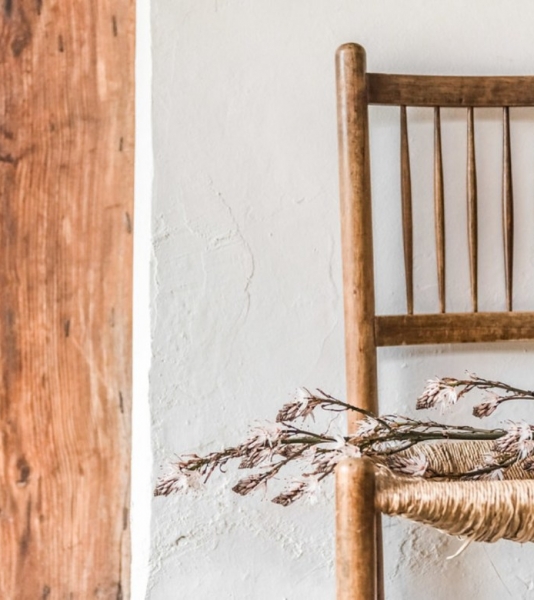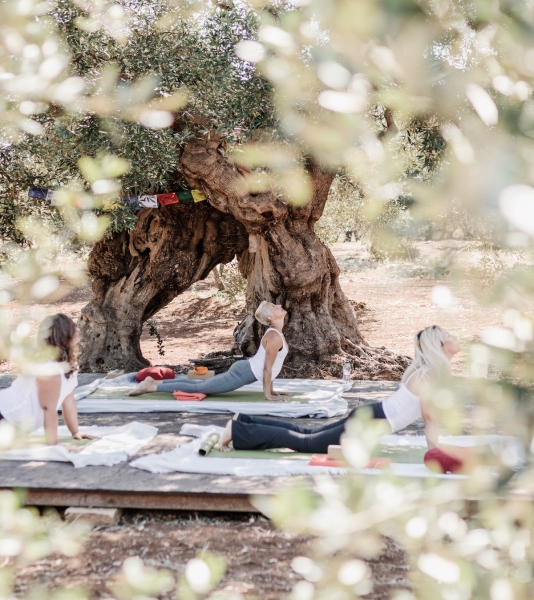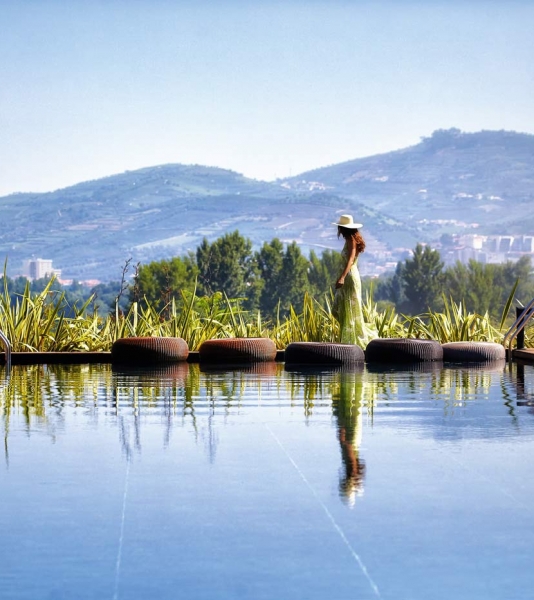Where to stay in Lisbon Coast? Boutique hotels. Luxury hotels and holiday homes in Cascais, Sintra, Ericeira and Setubal
Lisbon Coast – elegant neighbourhoods, magical nature, seafood and beautiful beaches
Lisbon is a spectacularly well located city. To the west the architectural and floral beauty of Sintra, the sophistication of Estoril and the seaside splendour of Cascais. To the immediate north the masterpieces of Batalha, Alcobaça and Óbidos and the north Lisbon coast.
Cascais
The coast of Lisbon takes in two of Portugal’s most emblematic locations - Cascais and Sintra. Any visit to the capital city isn’t really complete without a trip to these two very different but equally compelling towns.
Cascais is only a 30 minute picturesque train ride from Lisbon itself and Lisboans flock there whenever they get the chance, especially if the sun is out. They know a good thing when they see one for Cascais offers fine beaches, a laid back atmosphere, plenty of bars, restaurants and cafés and a quaint town centre that still hints at its beginnings as a fishing port. On top of this Cascais now serves up a good dose of culture too with the Cascais Cultural centre located near the fort showcasing a number of exhibitions and the recent but very impressive House of Stories, a repository of some of Paula Rego’s weird and beautiful paintings.
Slightly off centre there’s the boardwalk that seems to go on for miles and links up with the equally well known but perhaps more sophisticated (or some would say well-to-do) resort of Estoril.
To the west the Cascais coastal road links up to one of the region’s most impressive and wild beaches, Guincho. Getting there whether by bike or car is a pleasure in itself as the windswept waves crash against the rocks on one side and the view of the Sintra hills comes into view of the other.
The coastal town of Cascais, a mere 30-minute drive west of Lisbon, allows you to indulge in the beauty of this stunning region while staying at a romantic bed and breakfast or a luxurious seaside hotel with breathtaking ocean views.
Sintra
Ah yes Sintra, the glorious Eden of Byron, is not to be outdone by Cascais. Sintra is a place of rare beauty where palaces and castles combine with a stunning fairy tale landscape. It is a must visit and you’ll see why when you get there.
No, this is not Disneyland on steroids, this is central Portugal. The Portuguese monarchy made Sintra its summer residence and with the monarchy came the aristocracy and landed gentry. The result is an unrivalled collection of enchanted palaces, sumptuous estates and stunning manor houses set within the verdant splendour of the Sintra mountains. The views from the top are simply awesome. So, while Cascais is a magnet for hedonists looking for sun and sea, Sintra inspires in its historic beauty. The two make for quite a combination.
For a truly enchanting experience, choose to stay in a fairy-tale manor house or a romantic countryside hotel nestled in the magical towns of Sintra and Colares, located within the picturesque Serra de Sintra Natural Park.
The Setúbal Peninsula
What about the immediate south? The Setúbal Peninsula. Leave Lisbon southbound and you come to one of Europe’s last vestiges of original Mediterranean vegetation and typical Portuguese villages still relatively unknown to foreign travellers. These tend to flock south en masse to the Lissabon and more’s the pity.
Between the hills and the river, Setúbal is a region of diverse flavours, history, unique landscapes, and welcoming people with smiles and open arms. White, sandy beaches flanked by dunes and cliffs run for miles and miles. The impressive the Serra da Arrábida hills rise from the sea and it quickly becomes apparent why the Franciscan monks established their monastery here. For nature and conservation enthusiasts, this region is wonderful. It includes two important estuary habitats, those of the Sado and the Tagus rivers with their wetlands home to diverse wildlife and an important ecological heritage. These habitats are perfect for various types of fish, migratory birds and unusual but characteristic agricultural traditions.
On the way there, you should plan a short stop in Azeitão. This town is well known for its excellent wines and cheeses. A very popular beach south of Lisbon is the Costa da Caparica with many restaurants and beach bars. A perfect place for swimming or just lazing on the sand. This Setúbal peninsula can be reached either via the Tejo Bridge, by ferry or by bus.
Stay in a romantic manor house or beach hotel on the Setúbal peninsula with its diverse landscapes, charming villages, and towns. Or spend a beachside holiday in a villa tucked away amidst pristine pine forests.
Lisbon, the capital and fashionable destination
The main attraction of the Lisbon Coast is obviously Lisbon itself. The Portuguese capital has become one of the top travel destinations worldwide. It has suffered a bit from the pressure of mass tourism, but has nonetheless maintained its authenticity and charm, the one or other international chain store or restaurant aside. Find out more in depth information on where to stay in Lisbon and what to do here.
You will discover charming boutique hotels in the heart of Lisbon, luxurious accommodations, and stylish self-catering apartments situated in the most fashionable districts of the city.
Gastronomy Lisbon Coast
The region's gastronomy is mainly based on seafood. Among the most popular dishes are sea bass, sea bream and sole, always accompanied by the best local ingredients. Here the sea has much more to offer, and it whets the appetite with exquisitely prepared prawns, crab, barnacles, langoustine or lobster.
One of the most famous sweets worldwide is the "pastel de nata" also known as "pastel de Belém" but there are other traditional sweets such as the "travesseiros de Sintra", the famous "queijadas de Sintra" and the "areias de Cascais" which certainly represent paradise for the sweet-toothed traveller. Many Portuguese pastries are made from eggs and are unique in Europe.
If you decide to travel to Sintra and Cascais you shoul not to try the suckling pig (leitão dos Negrais), the "caldeirada de peixe", the "arroz d marisco" and the "açorda de bacalhau", authentic culinary gems.
Gastronomy in the Setúbal Peninsula
Setúbal is another area closely linked to the sea and this is also reflected in its gastronomy. Therefore, fish is one of the star ingredients in the vast majority of its dishes. For example, sardines, considered one of the "7 wonders of Portuguese gastronomy", are one of the most appreciated culinary products. This tasty blue fish is served grilled and accompanied in a variety of ways and makes a perfect calling card for all visitors to the region.
Choco, a type of cuttlefish, especially fried, is also a popular dish that is eaten accompanied by French fries, and has transcended borders. Oysters from the area are highly sought after, especially those from the Sado estuary because of the type of plankton they feed on, which gives them an exquisite taste.
The typical cheese of Azeitão, a village at the foot of the Serra da Arrábida, is a real delicacy with a European protected designation of origin. As for desserts, the confectionery made with Setúbal oranges, the queijadas and cakes of Azeitão stand out.
And of course the wines, which have three local designations of origin (DOC Setúbal, Palmela and Regional Terras do Sado). The muscatel produced in the region is well known.
Our collections
Don’t know where to go? Let our collections inspire you.




